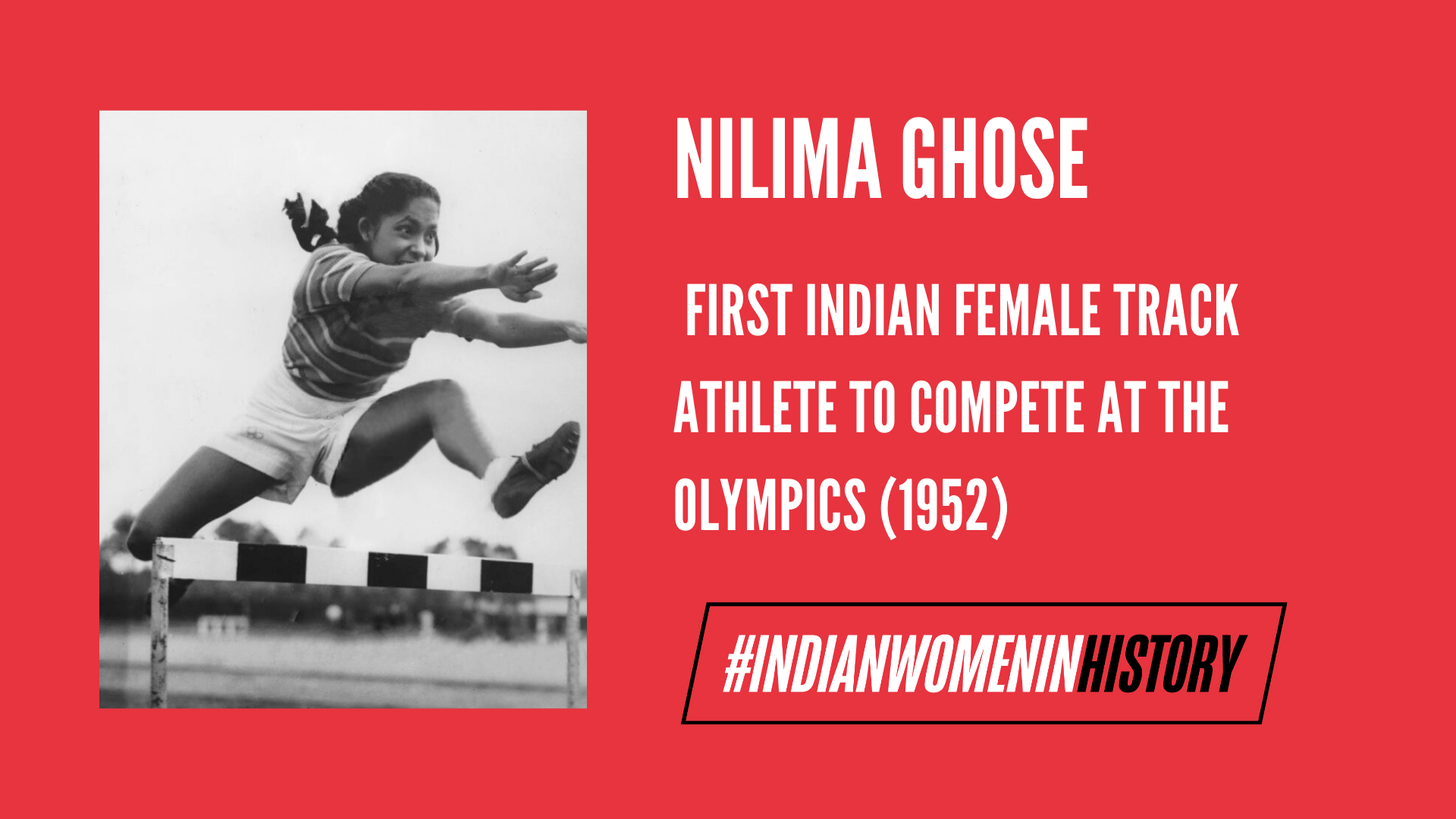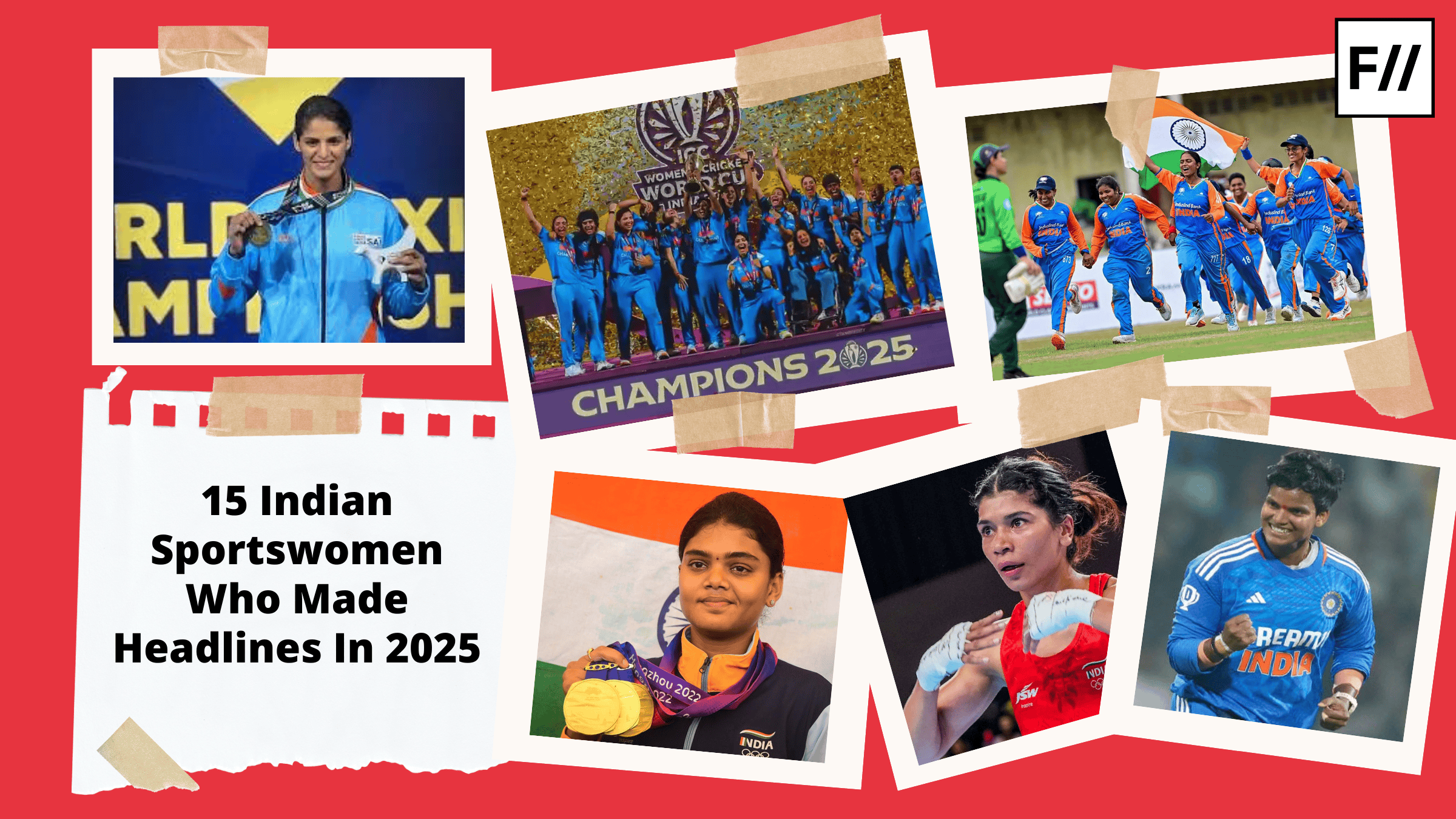Born on June 15th, 1935, Nilima Ghose spent her early years on her feet training and becoming a seasoned athlete. At 17 years old, she made history; Ghose, along with Mary D’Souza, were the first Indian women to qualify and compete as Olympic athletes.
Both women competed in the 1952 Summer Olympics held in Helsinki, Finland. Nilima Ghose competed in two events, the 100 m sprint and the 80 m hurdles. And since Ghose’s heat preceded D’Souza’s in the 100 m race, she is considered to be the first Indian female track athlete to compete at the Olympics.
She completed the 100 m track in 13.8 seconds, however, did not make it to the next round. In the 80 m hurdle race, she finished nearly 2 seconds behind the winner of her heat. Although Ghose did not rank, her presence set a precedent.
Ghose did not compete in any other amateur or professional sporting events following the 1952 Olympics. However, participating at the event, especially at an early stage in life, positioned her as a trailblazer for aspiring women athletes.
Also Read: 13 Indian Sportswomen Who Made Us Proud in 2019
Status of Indian Women in Sports in the 50s
Several of the structural barriers women faced in the 50s continue to persist in both India’s and the world’s predominantly male-oriented sports culture. However, during the 50s, orthodoxy and conventional gender roles reigned more prominently. In fact, women athletes have historically been considered the antithesis of femininity. In addition to training, on a broader level, women like Ghose were required to challenge normative beliefs regarding a woman’s behaviour, activities, and mannerisms. Like women who wore the first pair of pants, or who first smoked in public, the notion that women could compete at an Olympic level was ground-breaking.
Even in the 50s, there were women who took part in military training, and participated in sporting events. Throughout history, women took keen interest in sports, however, there were also many structural barriers that hindered their participation. These barriers continue to exist even today, such as, lack of encouragement, lack of opportunity, lack of funding and resources, and stigmatisation for those who do choose to engage in athleticism seriously. Of course, there are many more women participating and observing competitive sports today. That said, much more work and collective un-learning and re-learning needs to occur in order for us to fully support and fulfil the potential of women athletes.
Also Read: Rio Olympics 2016: Feminism’s Victory Or Just A Temporary Euphoria?
Indian Women Athletes Today
In addition to bringing light to our dark current moment, Ghose has had an impact on paving a path for strong and successful Indian athletes – a legacy which lives today and will likely continue to live on. An article by Indrosphere covering Indian women competing in the Rio Olympics acknowledged the successes and resilience of these athletes and how far India’s women athletes have come. Unsurprisingly, many of the barriers that likely existed 70 years ago continue to permeate society today – the stigma, discouragement, and objectification remains rampant. However, these athletes take solace in knowing that athletes like Ghose have jumped over these hurdles before, and that it is possible for them to do the same. Athletes today continue to get better and stronger; hopefully this trend will sustain and grow.
Featured Image Credits: Wikipedia




